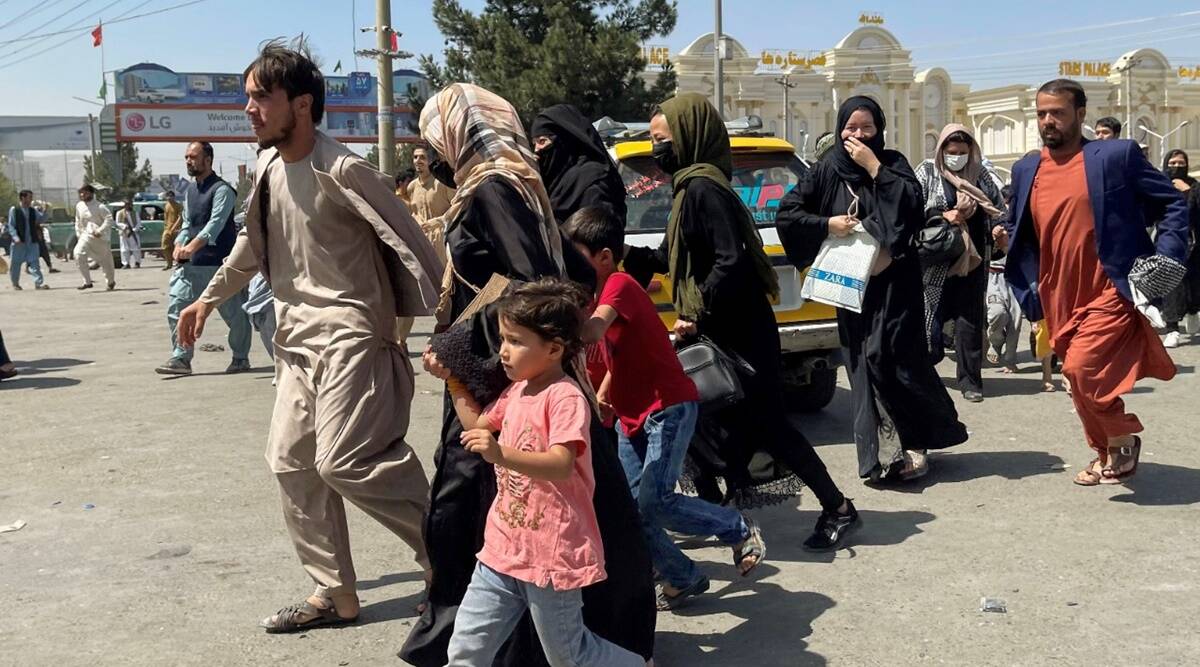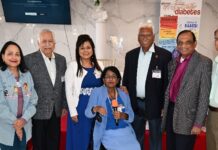Arlene J. Schar and Dr. David Leffler
Afghanistan’s leaders face a challenging task: uniting a fractured and crippled country in the midst of a raging pandemic with economic devastation and societal discord fueling conflict and terrorism. The loss of life in Afghanistan is staggering: 6,000 killed since mid-April due to the unrest. While there does not appear to be a coherent strategy for turning the tide, it is imperative that unity be achieved despite these difficult and stressful conditions: a daunting task which can and must be done soon.
Can conventional strategies and tactics truly defeat adversaries during these challenging times of conflict, pandemic, protest, and economic collapse? Conditions over the past twenty years say No! Defense systems based on force and counter-violence are doomed to failure as violence escalates on all sides.
There is an ideal defense against conflict and terrorism: a proven, state-of-the-art, non-violent alternative that actually prevents adversaries from arising in first place. This alternative gives Afghanistan’s warriors a strategic and profound proactive advantage by preventing conflict, war and terrorism before they occur, for far less the cost of conventional defenses. This highly effective unconventional approach with a proven scientific record for diffusing conflict and violence is called Invincible Defense Technology (IDT), a brain-based technology which incorporates practices of the non-religious Transcendental Meditation® (TM®) to bring about peace.
When large groups of trained practitioners apply the advanced TM techniques together twice a day, a powerful field effect of coherence and peace affects the consciousness of the surrounding population. The bigger the group the bigger the effect. These outcomes of consistent and measurable decreases in war deaths, terrorism, and crime have been substantiated by extensive research published in the following refereed journals: Alcoholism Treatment Quarterly, International Journal of Neuroscience, Journal of Conflict Resolution, Journal of Crime and Justice, Journal of Mind and Behavior, Journal of Offender Rehabilitation, Journal of Social Behavior and Personality, Psychological Reports, Psychology Crime and Law, Social Indicators Research, Social Science Perspectives Journal, Society of Neuroscience Abstracts, and Studies in Asian Social Science.
Hundreds of scientific studies conducted at more than 200 independent universities and research institutions and published in peer-reviewed scientific and medical journals confirm that regular practice of TM produces major increases in calmness, happiness, creativity, energy, and clarity of mind. Over six million people worldwide of all religions, cultures and ages have learned TM and experienced these benefits.
The TM field effect was demonstrated in 1993, when over 4000 TM experts gathered in Washington, DC as a “National Demonstration Project to Reduce Violent Crime and Improve Governmental Effectiveness in Washington.” As predicted, research published in Social Indicators Research showed that crime dropped 24% and public approval of the US president suddenly changed from a negative trend to a positive trend.
Research indicates that such calming effects can also be created on a national level. A recent study published in Studies in Asian Social Science showed that large group practice of these programs in Cambodia between 1993 and 2008 was associated with a 96.2% decline in sociopolitical violence in that war-torn country compared to violence in the preceding three years. The authors conclude the likelihood this reversal in the rising 1990–1992 trend of violence occurred randomly was one chance in 10 million. Other published research has shown that after advanced TM was applied, Cambodia’s gross domestic product (GDP) growth rates averaged 8.9%, and poverty was reduced by 63% between 1994 and 2008. By 2010 Cambodia was ranked 63rd out of 152 countries on the international scale of poverty, an unprecedented jump of 89 places in less than one generation.
The Global Union of Scientists for Peace (GUSP) (https://gusp.org) is a global group of eminent scientists and leaders dedicated to support alternative, peaceful means of conflict resolution. Members of GUSP have endorsed the IDT approach, including Yukio Hatoyama, former prime minister of Japan; former president of Mozambique Joachim Chissano (who applied IDT programs to end that nation’s civil war); Lt. General (Ret.) Vasyl Krutov, former chief of the Ukraine Anti-Terrorism Center; retired Ecuadorian Lt. General Jose Villamil who also applied IDT to end conflict between Ecuador and Peru.
Lasting peace and invincibility could be established in Afghanistan if based on science rather than politics. To best succeed the Afghanistan military could quickly form Prevention Wings of the Military: an elite troops trained in this brain-based technology to ward off any attacks BEFORE they occur. Any large group of experts trained in the advanced TM techniques can produce similar results. Groups could be comprised of congregations at places of worship, prisoners, the elderly in retirement homes, even students as was done in Cambodia. The important factor is that the techniques be performed by trained TM experts consistently in groups twice a day. Simply by doing this Afghanistan’s high societal tensions would be eradicated.
Violence has historically been the response to national differences, despite its costs both in financial and human terms. What Afghanistan needs now is for its leaders to recognize that there is a more effective proven way to resolve differences. TM is that scientifically-verified approach, and now is the time for the leaders to utilize this new brain-based technology to dissolve high tensions and create perpetual unity, stability and peace.
About the Authors:
Arlene J. Schar has been serving as Executive Assistant to Dr. David Leffler since 2015. She has recently been promoted to Director of Communications and her articles have been published in over 370 locations worldwide.
Dr. David Leffler served as an Associate of the Proteus Management Group at the Center for Strategic Leadership, US Army War College. Currently, he serves as the Executive Director at CAMS.







